Vaping among school-aged children has become an urgent public health concern in the UK. In 2024, 18% of 11–17-year-olds reported ever having tried an e-cigarette, and 7.2% are current vapers—levels that have remained stubbornly high despite policy efforts to curb youth access ASHASH. More alarmingly, 9% of 11–15-year-olds vape frequently, showing that experimentation often evolves into regular use NHS England.
Vaping isn’t a harmless pastime. Nicotine exposure during adolescence can disrupt brain development, impair attention and learning, and heighten the risk of future substance dependence Vox. Beyond health, vaping in schools is linked to lost instructional time, disciplinary incidents, and strained staff resources—challenges many institutions simply aren’t equipped to manage.

Why Teens Vape—and Why It’s So Easy
Research shows that 22% of 11-year-olds and 62% of 17-year-olds find vapes “very easy or easy” to obtain, with friends or family being the most common sources Thorax. Flavours, discreet form factors (pens, USB sticks), and aggressive marketing further entice children who might otherwise never experiment with nicotine.
A recent investigation found that one in seven children has been caught vaping on school premises—nearly half of those were under 11 years old—and 46% of schools report daily incidents of students vaping in washrooms or common areas The Times. These rising incidents disrupt learning and place significant burdens on school leaders.
Policy Actions: A Step Forward, but More Is Needed
From June 1, 2025, England and Wales will ban disposable vapes to limit single-use plastics and reduce youth appeal. The legislation gives businesses time to sell existing stocks, but experts warn a ban alone won’t end underage vaping without robust enforcement and school-based detection measures Financial Times.
Vape Guardian: Proactive Vape Detection in Schools
Rather than waiting for a student to be caught mid-vape, schools need real-time vape detection systems. This is where Vape Guardian makes a difference:
-
Instant Alerts: Our sensors detect vape aerosol traces within seconds, sending real-time notifications to administrators’ dashboards and mobile devices.
-
Custom Integration: Seamless links to MIS systems allow incident logging alongside attendance and behaviour records—simplifying follow-up and parental communication.
-
Occupancy Monitoring: Prevent crowding in high-risk areas (e.g., washrooms) with capacity alerts that reduce opportunities for hidden vaping.
-
Data-Driven Insights: Air-quality readings help trace hotspots and identify patterns of use, empowering targeted education and intervention campaigns.
-
Scalable Management: Unlimited staff logins with role-based access mean secure internal control—no more shared admin passwords or support-ticket delays.
By embedding school vape sensors directly into your existing network (via PoE or secure battery-powered units), institutions stay one step ahead of underage vaping.
Beyond Detection: Fostering a Vape-Free Culture
Detection technology must be paired with education. Vape Guardian partners with schools to provide evidence-based vaping prevention materials, parent workshops, and student‐led peer-education programs. When students know risks—backed by local data on incident frequency and device interception—they’re more likely to resist peer pressure.
Take Action Today
Underage vaping in schools undermines both student health and academic success. With nearly one million children aged 11–17 having tried vaping this year The Times, ignoring the problem is no longer an option.
Discover how Vape Guardian’s vape detection in schools can protect your students and staff:
-
Request a demo: See real-time alerts and dashboard reporting in action.
-
Download our white paper: Learn best practices for combining detection technology with prevention programs.
-
Contact our team: We’ll tailor a solution to your school’s layout, budget, and policy goals.
Together, we can turn the tide on underage vaping—keeping our schools safe, healthy, and vape-free.


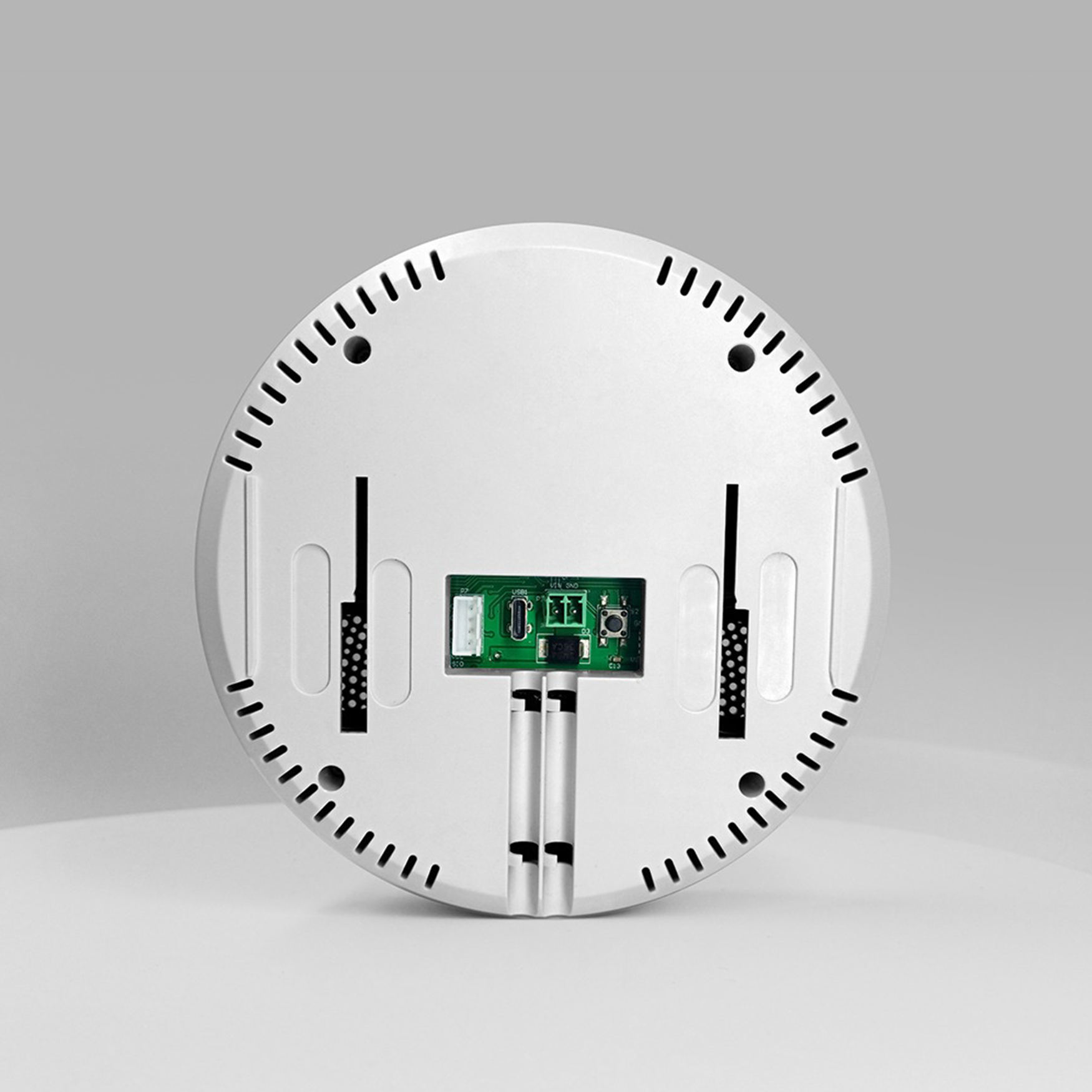
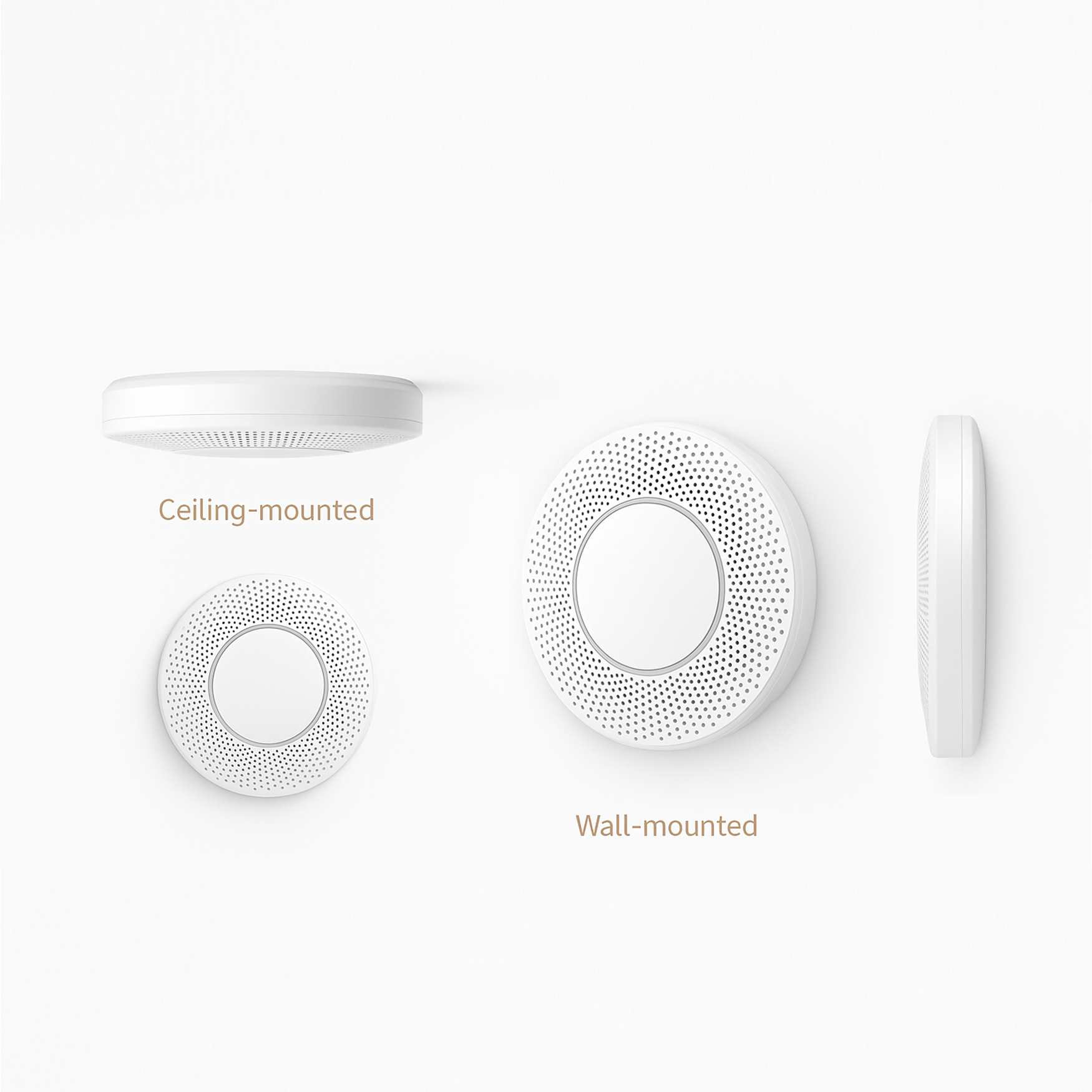

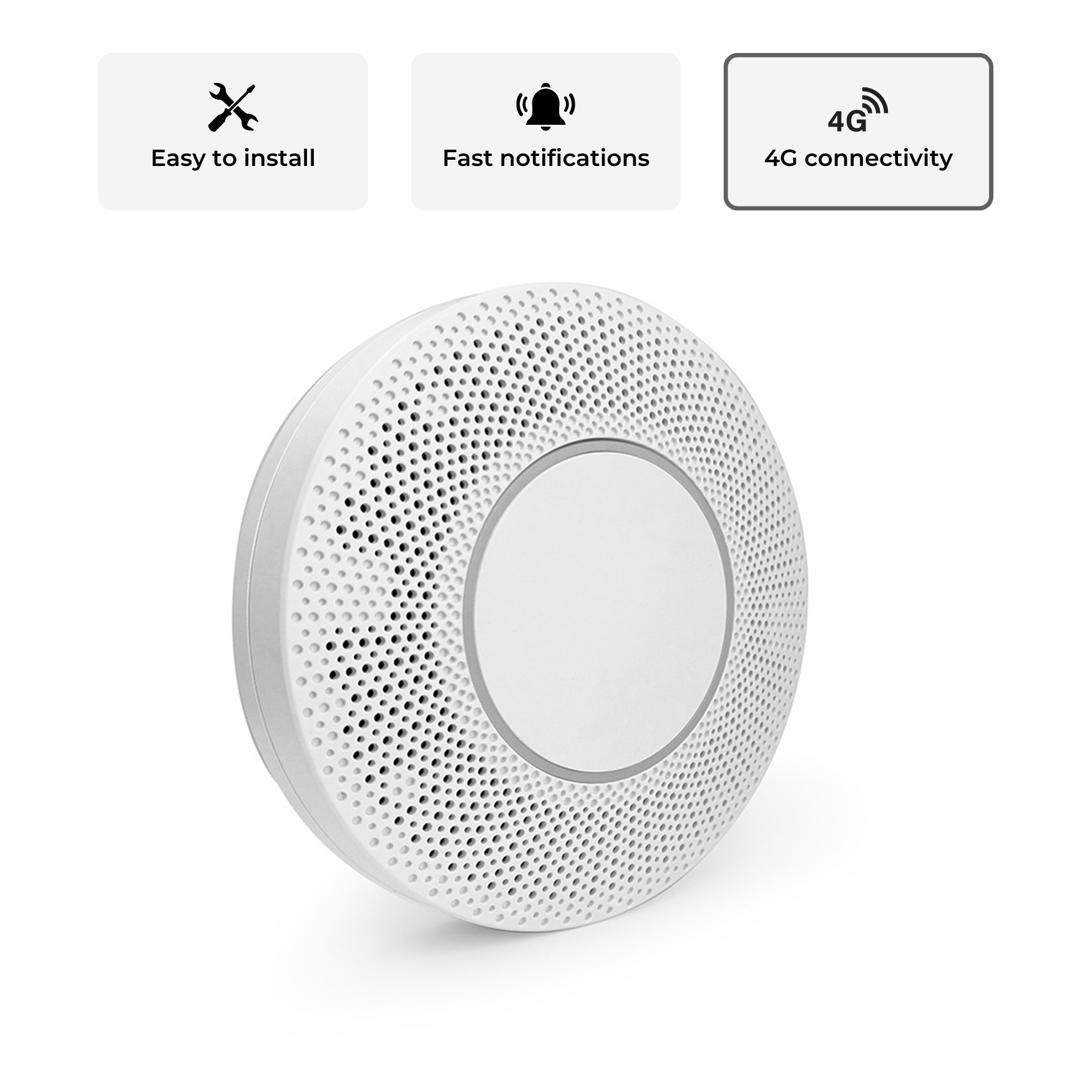
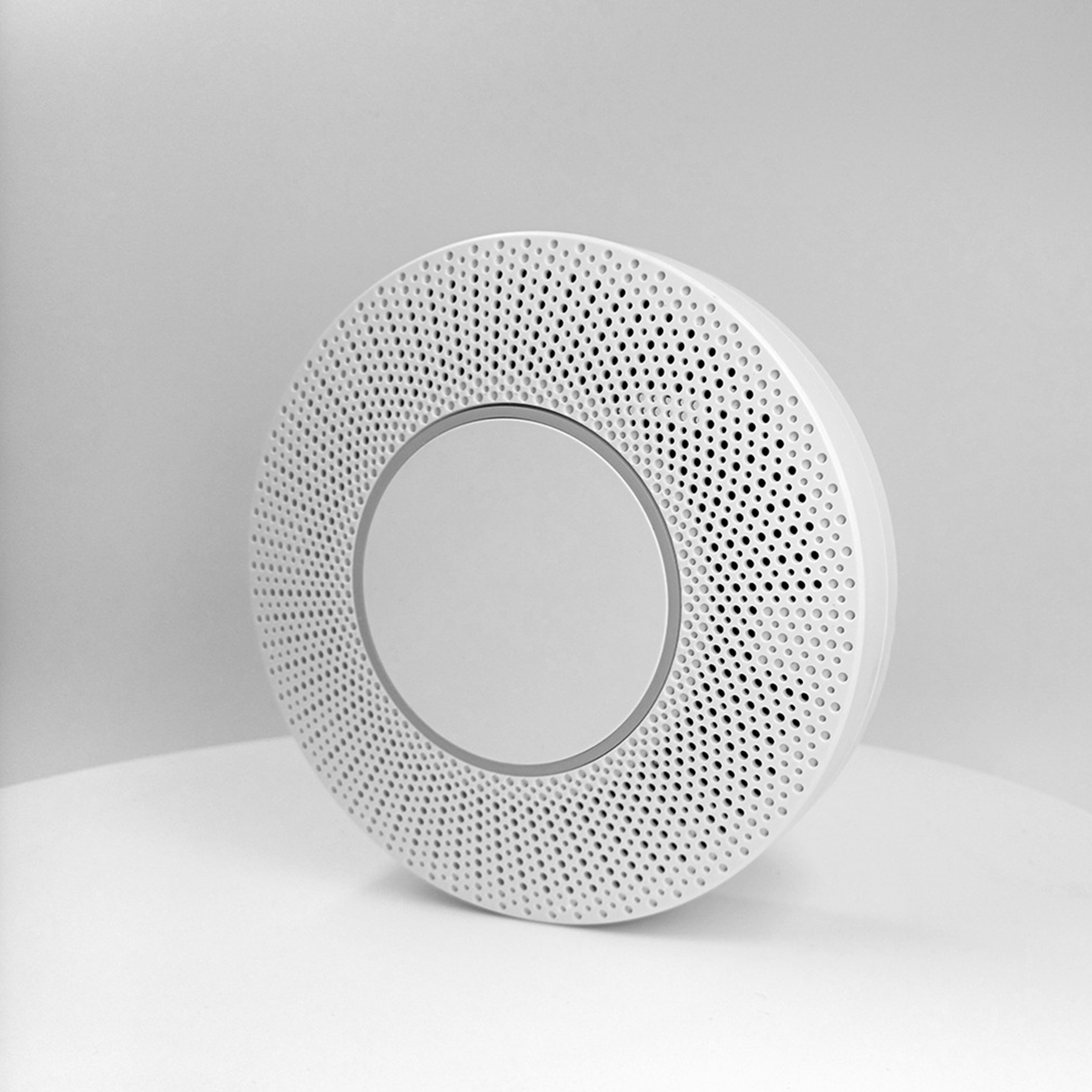
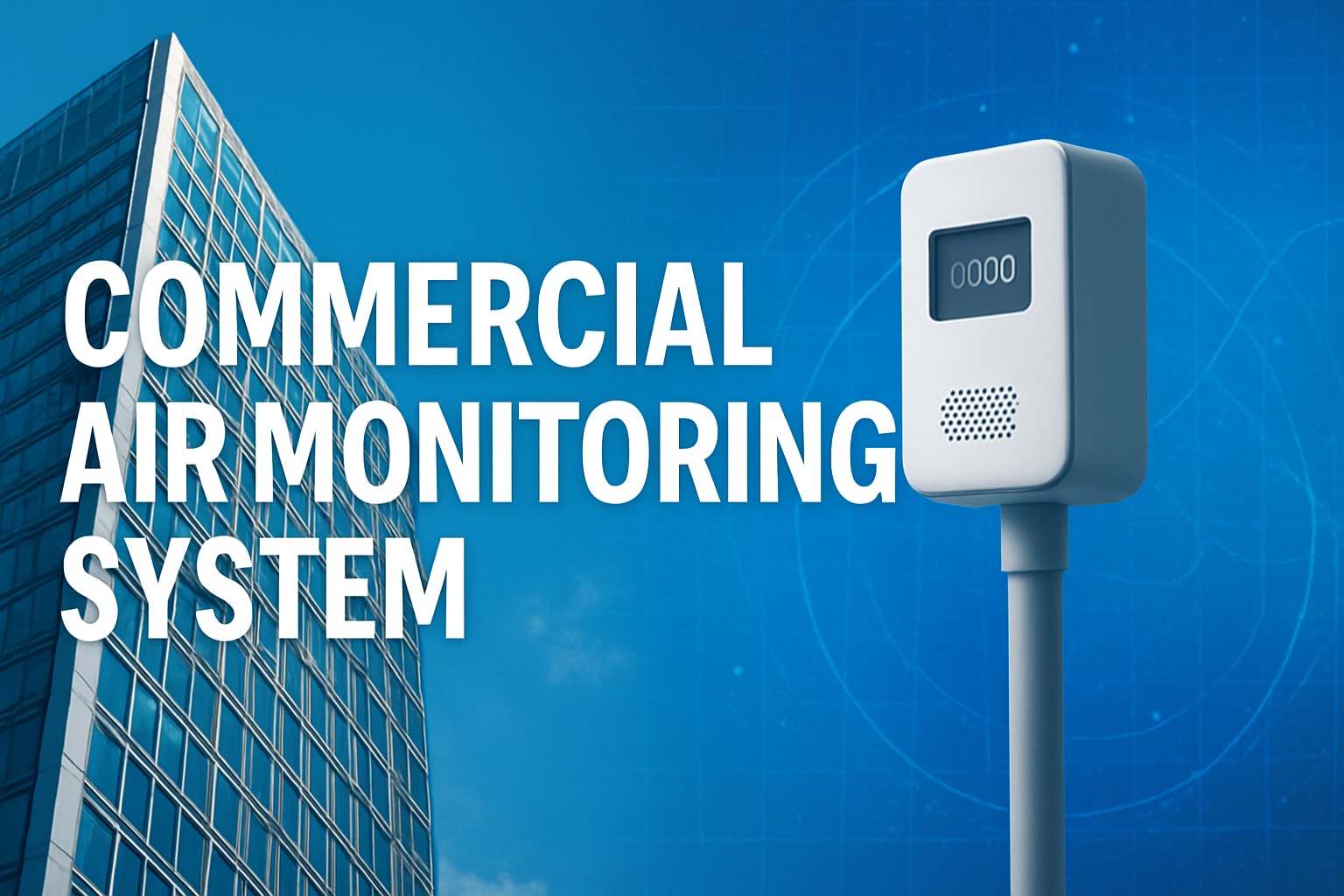

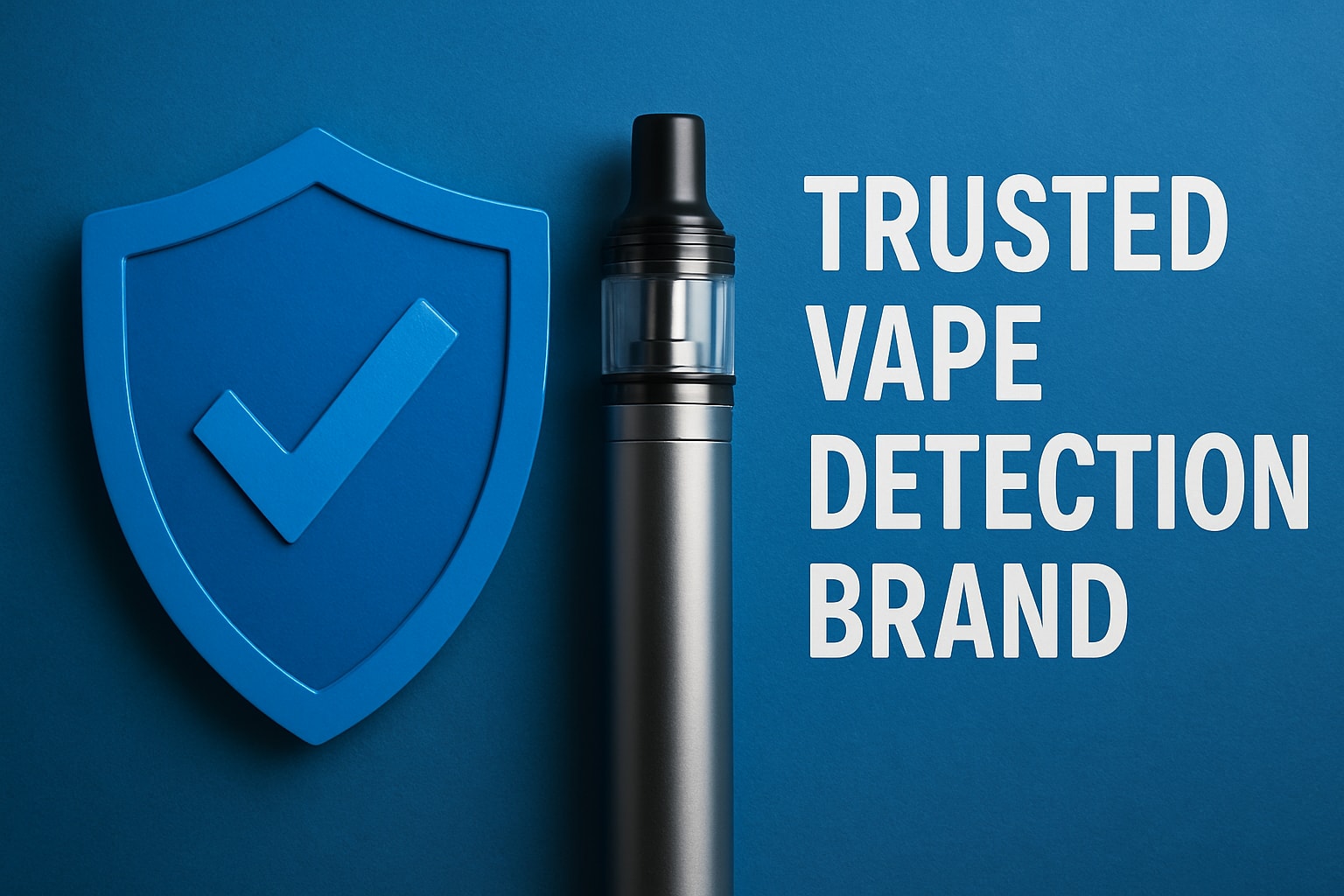
Share:
Why the UK’s Vape Ban Is an Environmental Win, But a Looming Risk for Young People
Comparison Guide: Vape Guardian vs Premium Competitor Systems